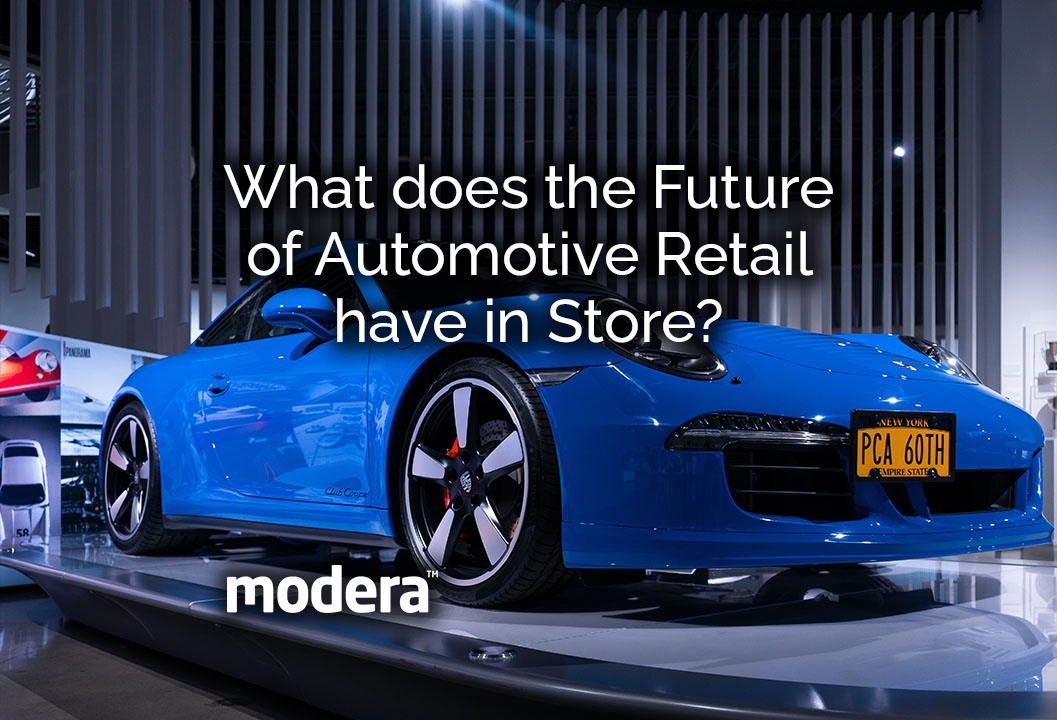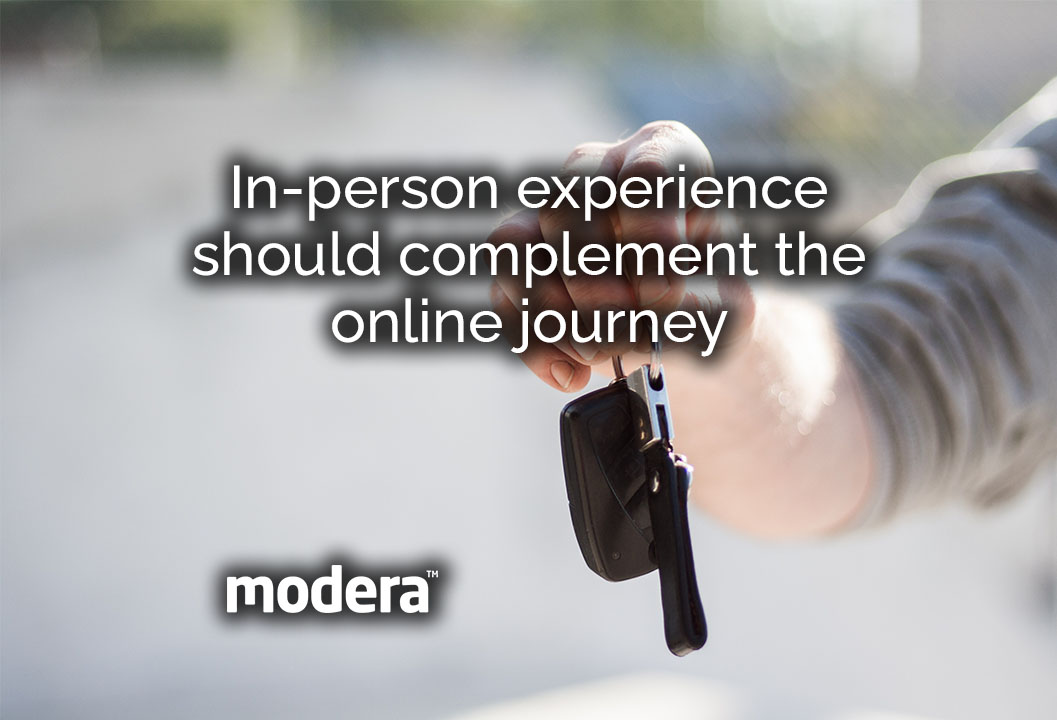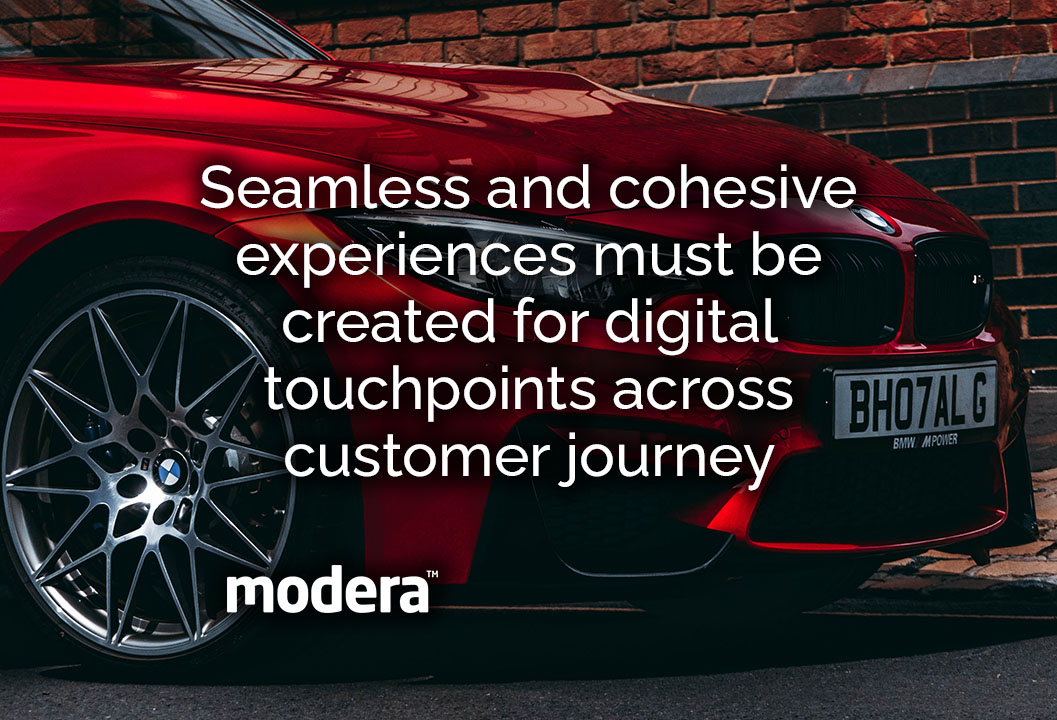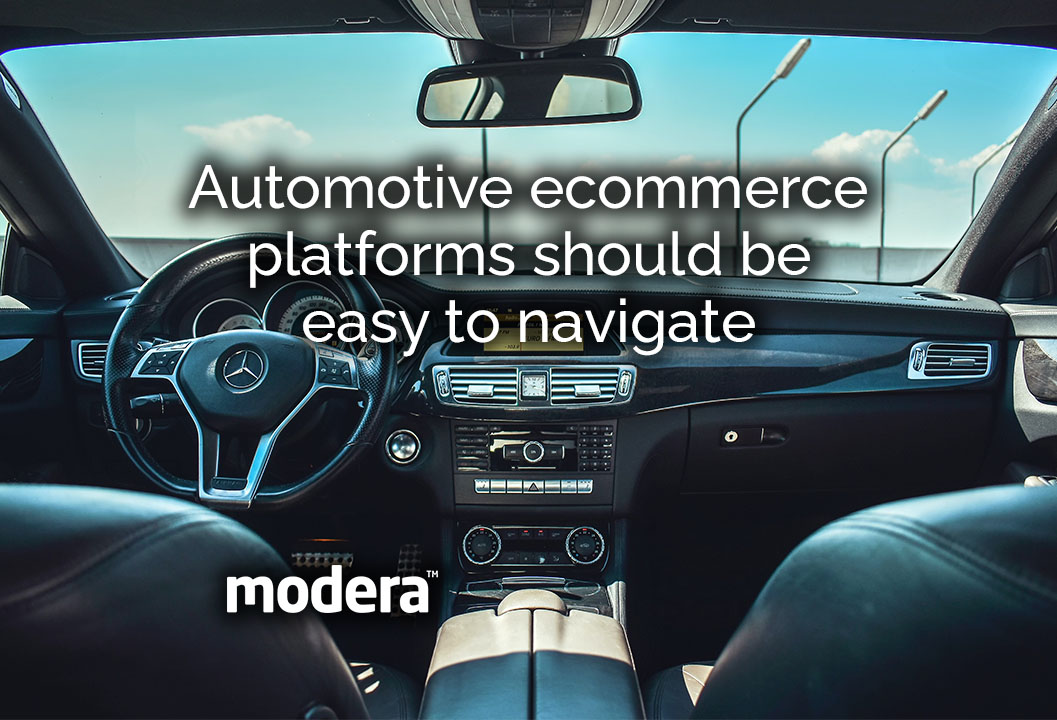Automotive retail is undergoing major changes, so it is time for OEMs and dealers to rethink their sales strategy and business model. If they can’t adapt with the changing times, they might lose out on valuable customers. Integration of online and offline data to create a cross-channel experience is a must in the era of digitization.
The Covid-19 pandemic has changed the entire retail experience, with dealerships and showrooms having to devise contactless solutions for browsing, customization, test drives, and delivery. Moreover, customers aren’t very satisfied with the present model, which is time consuming and at times off-putting. Take a look at the challenges they face:

Car buying experience not up to standard
Customers don’t want to deal with car salespeople. Moreover, turnover rate is high at dealers, so it is tough for customers to build a long-term rapport. It could reflect badly on OEMs, as sales teams are human extensions of their brands. The process of buying a car is also way too long. Customers are certainly looking for guidance, but they also want to explore features and customization options in-person.
How can it be tackled?
Dealerships and showrooms need to improve car buying experience and reduce prospective buyer attrition. Transforming physical locations into sleek modern spaces and offering premium services from free childcare to high-end restaurants, is one way to satisfy customers. Building brand experience centers is also an important part of retail innovation – these are places where people can learn more about the brand and vehicles, without getting interrupted by salespeople. At the end of the day, the in-person experience should complement the online customer journey. For instance, some brands are using VR/AR tools in their stores so people can test drive vehicles and explore car features.
Digital buying expectations of customers
Earlier, people weren’t comfortable making car purchases online, but now they are increasingly shifting towards such platforms. Shopping online makes it more convenient to compare car makers, models, and prices, read reviews, or ask for advice on social media.

How can it be achieved?
Automotive ecommerce platforms should be comprehensively designed and easy to navigate or else customers will try out alternate options. It is necessary to create holistic, on-brand consumer digital experiences, while ensuring the in-store experience reflects that digital innovation. Retail locations must be augmented with technology to create an in-store experience that meets customer expectations and extends the brand’s online footprint at the same time. If an OEM isn’t ready to sell vehicles entirely online, it is time to rethink that strategy. Brands need to establish a solid online presence, and devise ways to connect with existing and prospective customers, while reinforcing their brand image.
Integration of online and offline automotive customer experience
If automotive companies wish to persuade customers to consider their makes and models, they have to switch to an omni-channel approach that is reflective of the automotive retail consumer path to purchase. Tools and strategies are required for mapping a user’s identity across various devices and digital channels. This information can be synced with offline behavior, such as trips to retail locations or visits to competitors. The main issue is most dealerships and showrooms don’t have the required infrastructure to combine online and offline data.

How to deal with it?
Seamless and cohesive experiences must be created for digital touchpoints across customer journey, which helps to reinforce brand image. OEMs can’t get a clearer insight regarding existing customers and prospects, without cooperation from showrooms and dealerships, since they have valuable data on in-person behavior. This data should be integrated with online profiles. OEMs and dealers need omni-channel marketing strategies and an in-depth customer understanding, so their advertising techniques are successful. An omni-channel retail experience with digital technology like AR/VR, free Wi-Fi, digital signage, etc. can help to solidify a customer’s relationship with the brand.
Securing brand loyalty
The retail automotive landscape is changing rapidly with new direct-to-customer, digital first brands entering the marketing. Customers are keen to explore new brands and trends, especially due to social media and influencer marketing that has a major impact on their purchasing decisions. PwC has conducted a study in Germany that revealed 46% of new car customers consider 3-4 brands before buying a car.
What is the way forward?
With digital media becoming all the more crucial, it creates more touchpoints and opportunities for brands to build on customer relationships. It is imperative to improve brand recognition and trust every step of the way. Thoughtful brand experiences need to be created that feel true to their ethos, but also be ahead of their time. For instance, it could be offering their own versions of car sharing and vehicle subscription services so they can keep up with customer expectations, while strengthening their position.

Operational hurdles
Direct-to-consumer models are the “in thing” these days. But the vehicle purchasing process still involves the importer, retailer, finance provider, etc. As OEMs urge dealerships and showrooms to offer the most competitive prices, the latter lose their margins. In fact, brands like Tesla and Byton already operate their own stores and showrooms that sell directly to the end-user. This model allows them more control of their sales channels, customer experience, and data associated with customer relationships.
How to resolve the issue?
An agent model might be worth a shot, with dealers acting as agents on behalf of the OEM. This model enables OEMs smoother control of sales channels and resulting information, but most aren’t ready to switch yet. Integration of online and offline data and improving dealer communication would be a vital first step. The rise of mobility sharing solutions can be an opportunity to explore for both OEMs and dealers, as it can offer better customer experiences. OEMs like Audi and Porsche offer their own car subscription programs as an alternative to buying or leasing vehicles.
Needless to say, online and offline customer experiences should be created in such a way that they reflect consumer expectations. A seamless, omni-channel experience is what paves the road ahead to the future of automotive retail.

